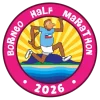How to Train for Borneo’s Humid Race Conditions
Running in the tropics is a whole different experience. The Borneo Half Marathon presents runners with stunning scenery and a memorable course, but it also challenges the body with intense humidity and warm temperatures. Whether you’re a seasoned racer or a first-time half marathoner, preparing for these conditions can make the difference between a tough slog and a strong finish.
Use this guide to train smarter and adapt to Sabah’s unique climate before race day.
Understand the Challenge of Tropical Humidity
Sabah’s tropical weather is hot and humid all year round. On race day, runners can expect temperatures around 25 to 30°C (77 to 86°F) with humidity levels over 80 percent. That means your body will struggle to cool itself down efficiently through sweat evaporation, and you’ll need to work harder for the same results.

Incorporate Heat Acclimation into Your Routine
If you live in a cooler climate, start heat acclimation at least two to three weeks before race day. Gradually increase exposure to warm environments during your training runs. You can also simulate humid conditions by:
- Running during the hottest part of the day
- Wearing additional layers during workouts
- Using a sauna post-run to stimulate heat exposure
These methods help improve sweat response, lower core body temperature, and reduce perceived exertion.
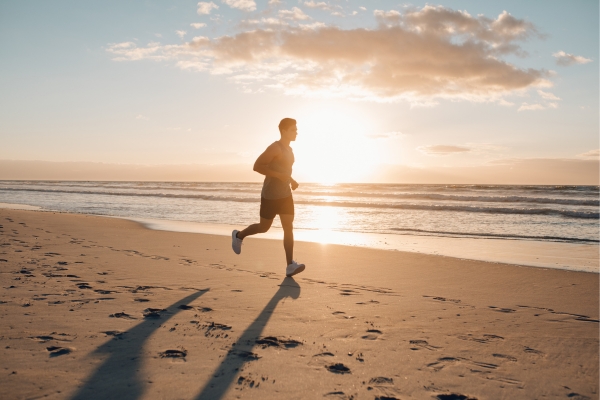
Prioritize Hydration Strategies
Staying hydrated in the tropics is non-negotiable. Start hydrating early in the week leading up to the race. During training, experiment with electrolyte drinks and hydration timing. Consider:
- Drinking small amounts every 15 to 20 minutes during long runs
- Using electrolyte tablets or coconut water to replace sodium and potassium
- Monitoring urine color to assess hydration
Avoid relying solely on thirst as an indicator.
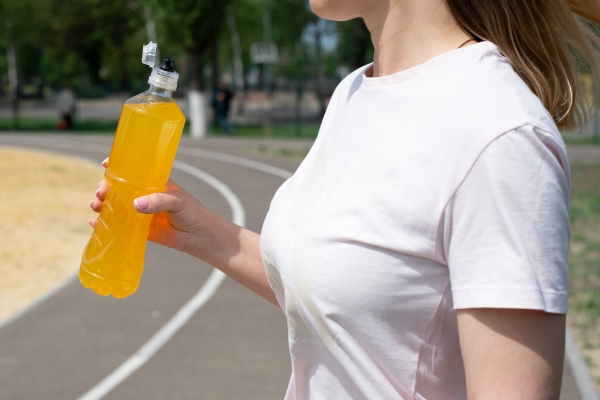
Train with a Slower Pace to Match Tropical Effort
Your pace in humid weather will naturally be slower. Use perceived exertion or heart rate instead of targeting a specific time goal. Try the “talk test”: if you can’t speak a full sentence, slow down. Training your body to adjust effort in these conditions will help you conserve energy and avoid overheating.
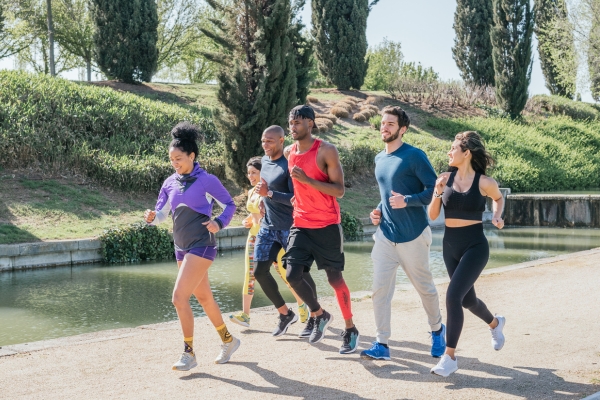
Strengthen Your Mental Endurance
Heat affects your mental game as much as your body. Include some uncomfortable training sessions to build mental resilience. Long runs in warm weather, even at reduced pace, can teach you how to manage discomfort and stay focused.
Visualize the race conditions during your runs, prepare for tough patches, and remind yourself of why you’re racing in Borneo.

Adjust Nutrition for Tropical Runs
Your body burns more calories trying to stay cool in the heat. You’ll need to pay closer attention to fueling, especially for long training runs. Incorporate tropical-friendly nutrition such as:
- Light meals rich in carbs and fruits
- Pre-run snacks like bananas or dates
- Post-run recovery shakes with electrolytes and protein
Avoid heavy meals before running in the heat.

Test Race Gear in Hot Weather
Choose lightweight, breathable clothing designed for humid conditions. Avoid cotton and opt for moisture-wicking fabrics. Test everything from your shoes to your hat during hot runs so you know what works best on race day. Don’t forget:
- Sunglasses and a cap with ventilation
- Anti-chafing balm
- Quick-dry socks
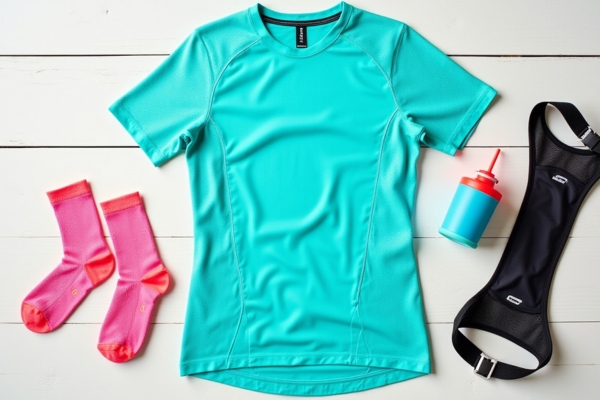
Prepare with Recovery in Mind
Tropical training takes a toll. Build rest and recovery days into your plan. Use tools like foam rollers, cool showers, or gentle yoga to support your body between sessions. Getting enough sleep and eating hydrating foods like watermelon and cucumbers also helps.
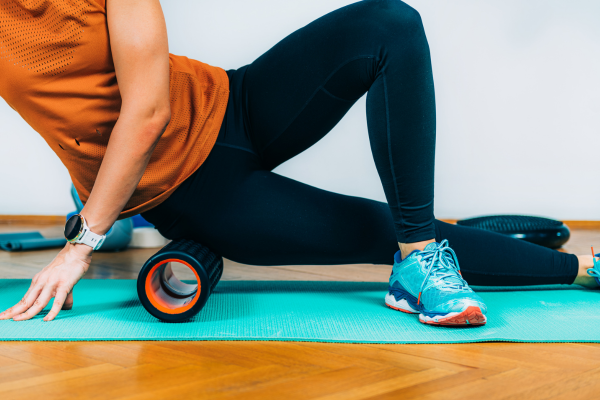
Race Ready? Let Borneo Inspire Your Finish
Training for Borneo’s climate may be demanding, but crossing the finish line in Sabah is worth every drop of sweat. With consistent heat adaptation, hydration strategies, and mental prep, you’ll be ready to enjoy one of Southeast Asia’s most unique half marathons.
